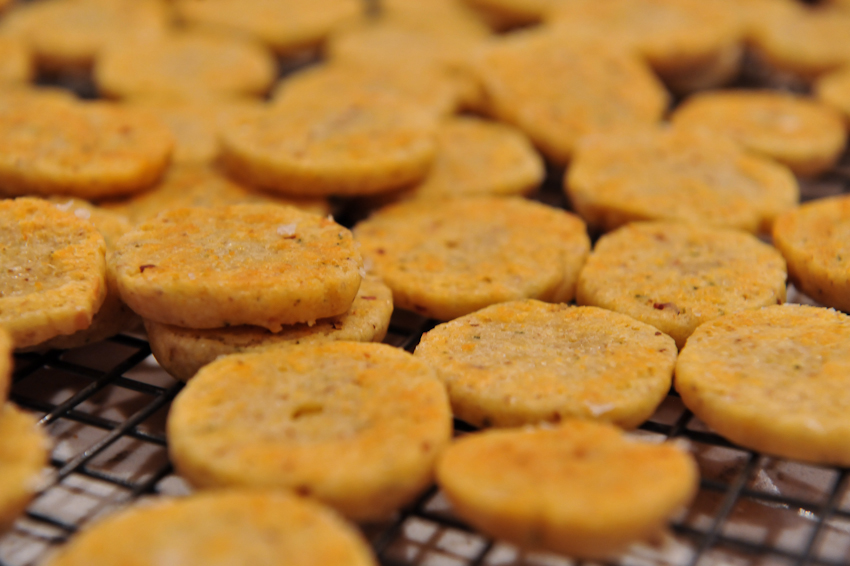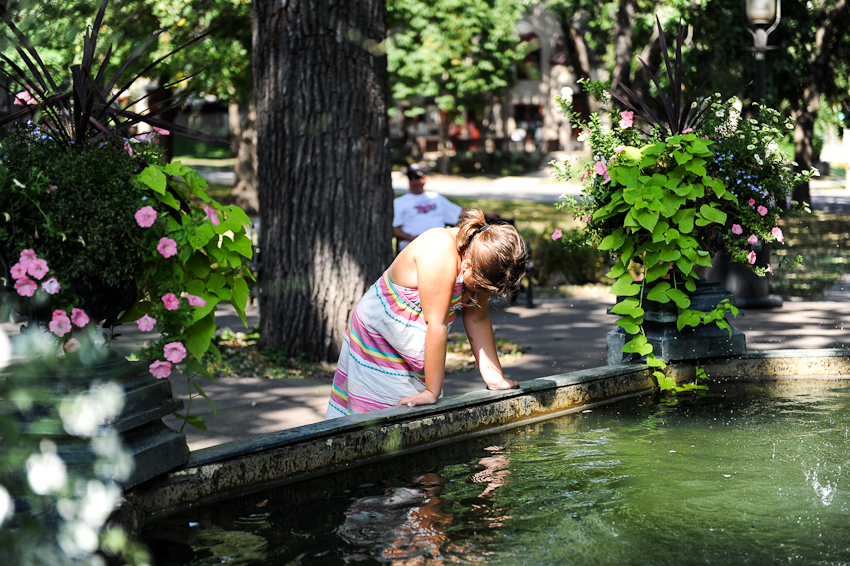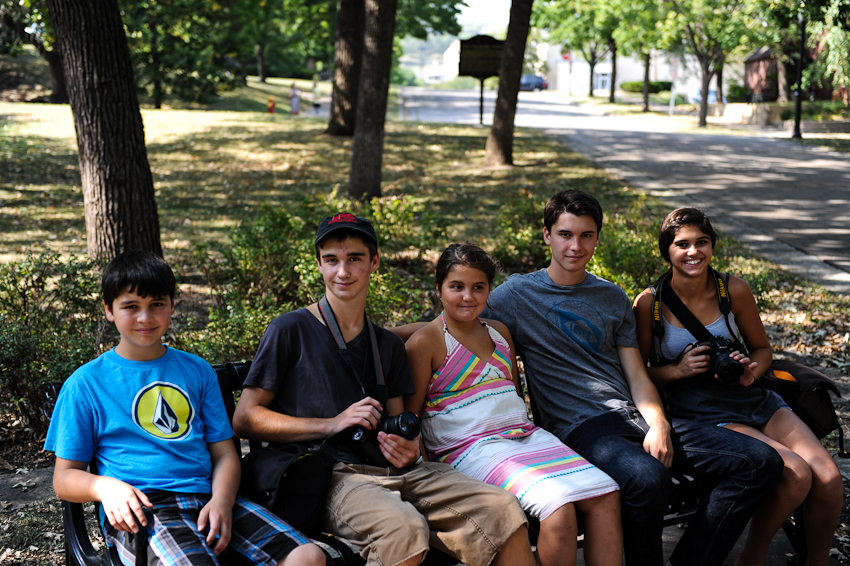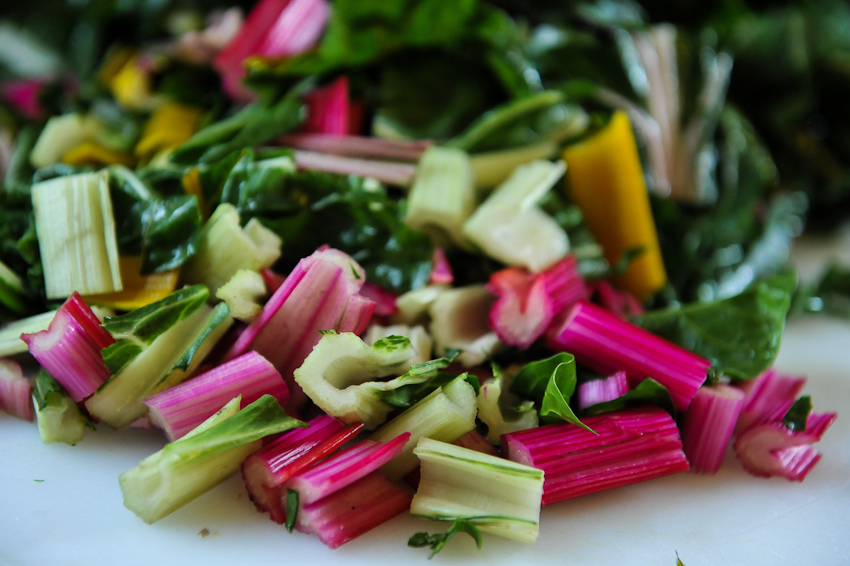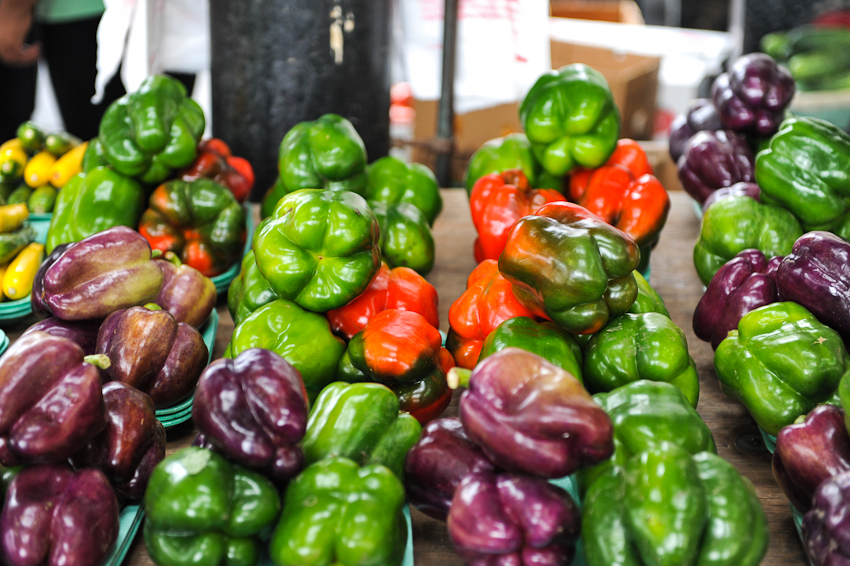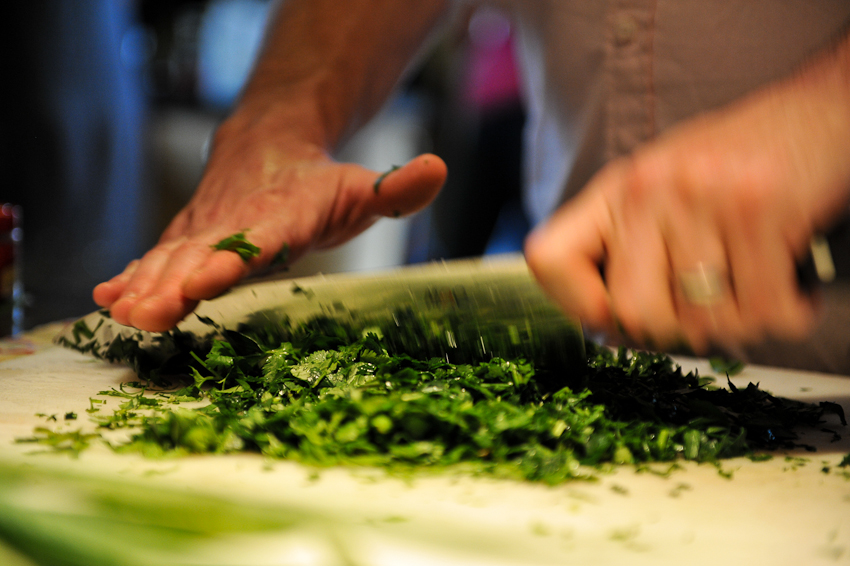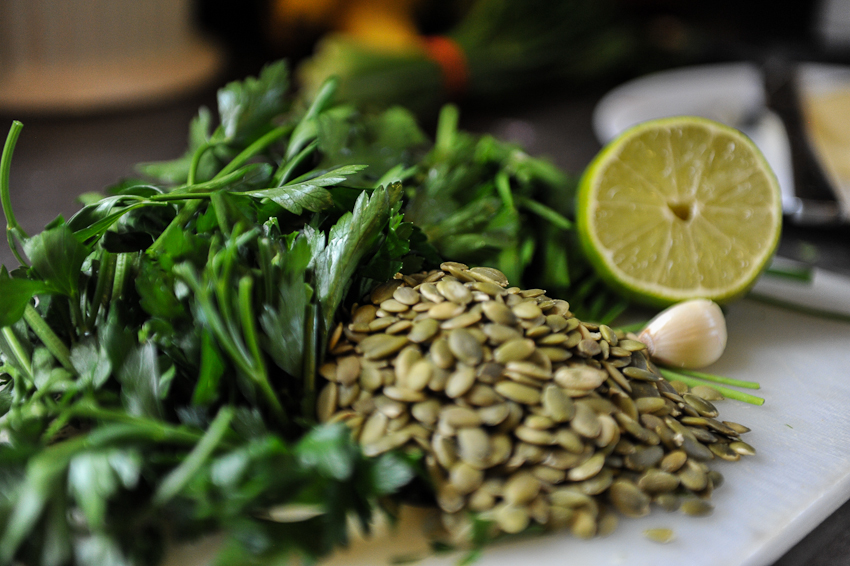
 Judging from the bushes at Blue Vista Farm, it was a good year for blueberries. We picked over 40 pounds, brought them home and realized 40 pounds is A LOT of blueberries. We froze some, ate some and decided to make jam. Sounds easy, right? Boil some berries, add sugar and pectin and call me Mrs Smucker with jars of jam in a row. We had a few detours on the road to jam perfection. After a few phone calls, a chance meeting at the IGA with the local jam guru and internet searches, we did end up with pretty little jars of jam in a row.
Judging from the bushes at Blue Vista Farm, it was a good year for blueberries. We picked over 40 pounds, brought them home and realized 40 pounds is A LOT of blueberries. We froze some, ate some and decided to make jam. Sounds easy, right? Boil some berries, add sugar and pectin and call me Mrs Smucker with jars of jam in a row. We had a few detours on the road to jam perfection. After a few phone calls, a chance meeting at the IGA with the local jam guru and internet searches, we did end up with pretty little jars of jam in a row.


My Mom has been making jams and jellies for years, one of the benefits of owning a raspberry farm. My kids refer to it as, "Nana's jelly' and since we moved away, we can't stock up whenever we run out. It was time we learned to make our own jam. Sadie went on the internet and researched a few recipes (she settled on this recipe from Paula Deen) and I found a recipe for blueberry jam with orange and ginger. We went down to the IGA, bought some pectin, jars and sugar and armed with our recipes, started to make our first batch of jam.


Road block number one soon presented itself. Sadie's recipe called for liquid pectin and my recipe called for low sugar pectin. I had no idea there were choices in pectin land and I bought the powdered Sure-Jell in the yellow box because that was what my Mom used. Sadie tried to find a conversion for liquid to powdered pectin on Google but didn't have much luck so we decided to 'wing it'. Which led to road block number two— there is no 'winging it' with jam making. We thought Deen's recipe had too much sugar and I decided to substitute half the sugar in my recipe with honey. Little did I know there is an important relationship between pectin and sugar— too little sugar or pectin results in a sauce for ice cream or pancakes, not jam for toast.


At this point, Sadie called Nana. The jam was super runny and we weren't sure if we should put it in the water bath and hope for the best or start over. Nana suggested adding more pectin and sugar, putting it in the jars and at the very least, blueberry sauce is good on ice cream. The next morning, we flipped the jars over, hoping for a solid mass of blueberry jam. No such luck, it was a little thicker but still runny. I decided to crack open all the jars, add more pectin and 'fix it'. Road block number three— it's tough to fix syrupy jam.
I went back to the IGA to buy more pectin. This time, I bought the liquid kind, thinking maybe it was the missing link. I ran into Nancy, the jam guru, and shared my tale of woe with her. Her first questions was, 'did you follow the directions?'. Remember the second road block, the 'winging it' one? I sheepishly admitted not only did we not follow the directions, we even made a few alterations. Her parting words were something like— honey, always follow the directions when making jam and I headed up the hill to try and get the jam to gel.

It worked, kind of. I opened all the jars, added more pectin until it looked more jelly like and gave it another bath in boiling water. Sadie's jam didn't completely gel and my jam eventually did set up (I think liquid pectin was the missing link). It all tastes good and looks beautiful. I love seeing all our jam lined up on the shelf. They are the result of a warm August afternoon picking blueberries at a friend's farm and an evening in the kitchen with the girls canning our first batch of jam. Another chapter in our family story, that's always a good thing.

Blueberry Orange Ginger Jam
(Adapted from Serious Eats)
8 cups fresh blueberries
2 1/2 cups white sugar
2 cups honey
2 packages of Sure-Jell regular pectin
Grated zest of one large orange
1/2 cup orange juice, freshly sueezed
1 tbsp ginger, grated
2 tbsp crystallized ginger, minced
1/2 tsp butter
If you are going to preserve jam, prepare jars and lids: place 8 half-pint jars on rack in large pot. Add enough water to cover jars, and bring to boil over high heat. Boil for 10 minutes, then turn off heat and allow jars to rest in the hot water. Meanwhile, put bands and lids in small saucepan and cover with water. Heat over medium heat until the water is simmering, then remove pan from heat and allow bands and lids to rest in hot water until ready to use.
Working in batches if necessary, pulse blueberries in blender until coarsely crushed. You should have about 6 cups.
Measure 2 1/4 cups of sugar and 2 cups of honey in one bowl. In another bowl, combine remaining 1/4 cup sugar and pectin.
Zest and juice orange. You should have 1/2 cup juice.
Combine blueberries, orange zest and juice, granted ginger, and crystallized ginger in large, heavy saucepan or stockpot. Stir in sugar-pectin mixture. Bring to a boil over high heat, stirring constantly.
Add remaining sugar all at once. Stir in butter and return to a full rolling boil. Boil for one minute. Remove jam from heat and skim off any foam from surface.
Ladle hot jam into hot sterilized jars, leaving 1/4-inch headspace. Wipe rims of the jars, cover with lids, and screw bands on until just barely tight. Place jars on rack in pot and cover completely with water. Cover pot and bring to a boil over high heat. Boil for 10 minutes. Turn off heat, uncover pot, and allow jars to rest in water for five minutes. Remove jars from pot and allow them to rest undisturbed on countertop for six hours or overnight.



 Chutney, chutney, chutney— that was the theme in my kitchen this summer. Chutney has more razzle dazzle than a simple jam or jelly and I am terribly fond of both razzle and dazzle. When Renee and I used to sell our Fig & Fromage tortas at Kowalksi's— coming up with chutney and cheese combinations was one of my favorite parts of the job— right up there with being the demo girl and obsessing about what ampersand and font to use for the labels. Chutney and cheese belong together, like Sonny and Cher, caramel and apples or George and tennis balls.
Chutney, chutney, chutney— that was the theme in my kitchen this summer. Chutney has more razzle dazzle than a simple jam or jelly and I am terribly fond of both razzle and dazzle. When Renee and I used to sell our Fig & Fromage tortas at Kowalksi's— coming up with chutney and cheese combinations was one of my favorite parts of the job— right up there with being the demo girl and obsessing about what ampersand and font to use for the labels. Chutney and cheese belong together, like Sonny and Cher, caramel and apples or George and tennis balls.










































